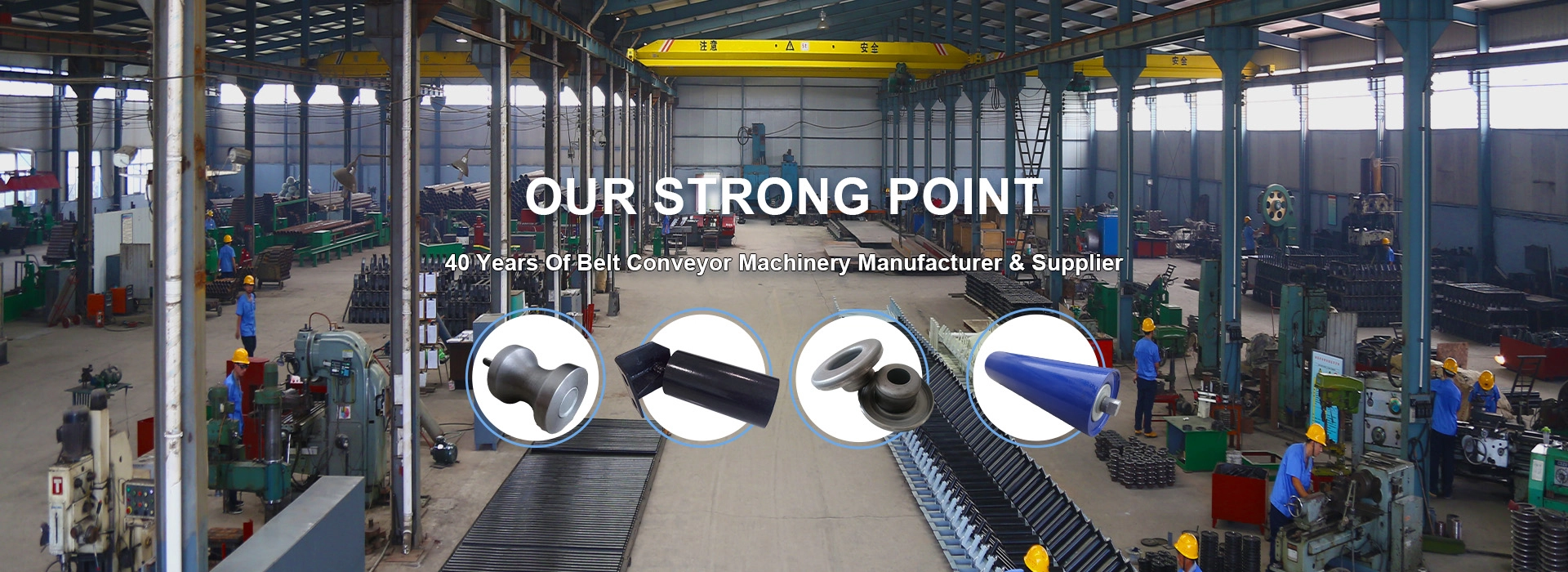 Afrikaans
Afrikaans  Albanian
Albanian  Amharic
Amharic  Arabic
Arabic  Armenian
Armenian  Azerbaijani
Azerbaijani  Basque
Basque  Belarusian
Belarusian  Bengali
Bengali  Bosnian
Bosnian  Bulgarian
Bulgarian  Catalan
Catalan  Cebuano
Cebuano  Corsican
Corsican  Croatian
Croatian  Czech
Czech  Danish
Danish  Dutch
Dutch  English
English  Esperanto
Esperanto  Estonian
Estonian  Finnish
Finnish  French
French  Frisian
Frisian  Galician
Galician  Georgian
Georgian  German
German  Greek
Greek  Gujarati
Gujarati  Haitian Creole
Haitian Creole  hausa
hausa  hawaiian
hawaiian  Hebrew
Hebrew  Hindi
Hindi  Miao
Miao  Hungarian
Hungarian  Icelandic
Icelandic  igbo
igbo  Indonesian
Indonesian  irish
irish  Italian
Italian  Japanese
Japanese  Javanese
Javanese  Kannada
Kannada  kazakh
kazakh  Khmer
Khmer  Rwandese
Rwandese  Korean
Korean  Kurdish
Kurdish  Kyrgyz
Kyrgyz  Lao
Lao  Latin
Latin  Latvian
Latvian  Lithuanian
Lithuanian  Luxembourgish
Luxembourgish  Macedonian
Macedonian  Malgashi
Malgashi  Malay
Malay  Malayalam
Malayalam  Maltese
Maltese  Maori
Maori  Marathi
Marathi  Mongolian
Mongolian  Myanmar
Myanmar  Nepali
Nepali  Norwegian
Norwegian  Norwegian
Norwegian  Occitan
Occitan  Pashto
Pashto  Persian
Persian  Polish
Polish  Portuguese
Portuguese  Punjabi
Punjabi  Romanian
Romanian  Russian
Russian  Samoan
Samoan  Scottish Gaelic
Scottish Gaelic  Serbian
Serbian  Sesotho
Sesotho  Shona
Shona  Sindhi
Sindhi  Sinhala
Sinhala  Slovak
Slovak  Slovenian
Slovenian  Somali
Somali  Spanish
Spanish  Sundanese
Sundanese  Swahili
Swahili  Swedish
Swedish  Tagalog
Tagalog  Tajik
Tajik  Tamil
Tamil  Tatar
Tatar  Telugu
Telugu  Thai
Thai  Turkish
Turkish  Turkmen
Turkmen  Ukrainian
Ukrainian  Urdu
Urdu  Uighur
Uighur  Uzbek
Uzbek  Vietnamese
Vietnamese  Welsh
Welsh  Bantu
Bantu  Yiddish
Yiddish  Yoruba
Yoruba  Zulu
Zulu Belt Conveyor Rollers for Efficient Material Handling and Transport Solutions
The Importance of Belt Conveyor Rollers in Material Handling Systems
Belt conveyor rollers are essential components of modern material handling systems, enabling the efficient transport of various goods across different industries. From manufacturing plants to warehouses and distribution centers, the role of these rollers cannot be understated. They serve as the backbone of belt conveyor systems, impacting their efficiency, durability, and overall performance.
Understanding Belt Conveyor Rollers
Belt conveyor rollers are cylindrical components that support the conveyor belt as it moves along its path. Their main function is to reduce friction between the conveyor belt and supporting structures, allowing for smooth and efficient transport of materials. Depending on their design and application, rollers can be categorized into various types, including return rollers, impact rollers, and guide rollers.
Return Rollers These are crucial in returning the belt to its initial position after it has discharged its load. They help to maintain the tension and stability of the belt, preventing sagging or distortion.
Impact Rollers Positioned at loading points, impact rollers absorb the energy produced during the loading process, minimizing damage to both the belt and the rollers themselves.
Guide Rollers These rollers are essential for maintaining belt alignment. Misalignment can cause wear and tear on the belt, leading to increased maintenance costs and potential downtime.
The Role of Material and Design
The materials used in the manufacturing of conveyor rollers significantly affect their performance and longevity. Common materials include steel, plastic, and rubber, each offering distinct advantages. Steel rollers, while heavier, provide exceptional strength and load-bearing capacity. On the other hand, plastic rollers are lightweight and resistant to corrosion, making them suitable for certain applications.
belt conveyor roller

Roller design also plays a crucial role in performance. For instance, lagging is a process where a layer of material is applied to the roller surface to improve traction and extend the roller’s lifespan. Additionally, specialized coatings can enhance corrosion resistance, particularly in environments where moisture and chemicals are present.
Maintenance and Operational Efficiency
Regular maintenance of belt conveyor rollers is vital for operational efficiency. Over time, rollers can accumulate dirt, debris, and other contaminants that can affect their functioning. Routine inspections, lubrication, and cleaning can significantly prolong the life of the rollers and the entire conveyor system.
Incorporating technology such as monitoring systems can further enhance the performance of conveyor rollers. Sensors that track vibrations, temperature, and lubricant levels can provide real-time data, allowing for predictive maintenance and reducing unexpected downtimes.
Environmental Considerations
As industries strive for sustainability, the materials and manufacturing processes used for conveyor rollers are evolving. Manufacturers are increasingly adopting eco-friendly practices, such as using recycled materials and developing energy-efficient production methods. Additionally, the design of rollers can be optimized to reduce energy consumption, contributing to greener operations.
Conclusion
Belt conveyor rollers are a critical component of efficient material handling systems. Their design, material, and maintenance directly impact the performance of conveyor systems used across various industries. As technology continues to advance, the future of conveyor rollers looks promising, with innovations aimed at enhancing efficiency, minimizing environmental impact, and reducing operational costs.
In an era where efficiency and sustainability are paramount, investing in high-quality belt conveyor rollers is not just a matter of operational necessity; it is a step towards a more efficient and environmentally friendly future in material handling. Understanding their role and importance can lead to better decision-making, reduced operational costs, and a significant enhancement in the overall productivity of any facility. Therefore, businesses should prioritize the selection of appropriate roller types, regular maintenance schedules, and consider technological innovations to optimize their conveyor systems for maximum efficiency.
-
Revolutionizing Conveyor Reliability with Advanced Rubber Lagging PulleysNewsJul.22,2025
-
Powering Precision and Durability with Expert Manufacturers of Conveyor ComponentsNewsJul.22,2025
-
Optimizing Conveyor Systems with Advanced Conveyor AccessoriesNewsJul.22,2025
-
Maximize Conveyor Efficiency with Quality Conveyor Idler PulleysNewsJul.22,2025
-
Future-Proof Your Conveyor System with High-Performance Polyurethane RollerNewsJul.22,2025
-
Driving Efficiency Forward with Quality Idlers and RollersNewsJul.22,2025





























